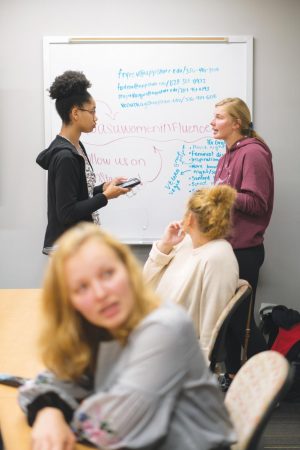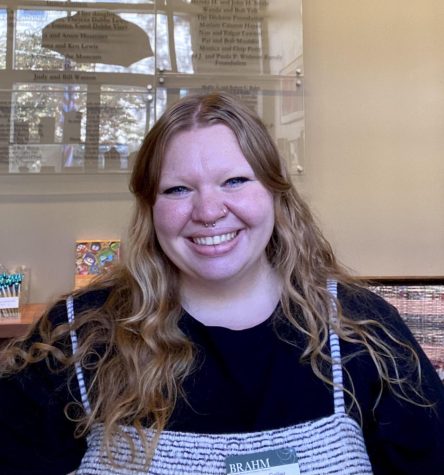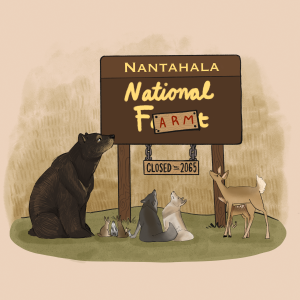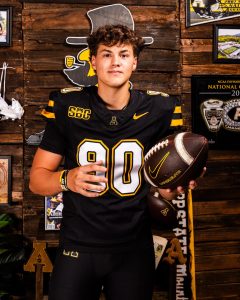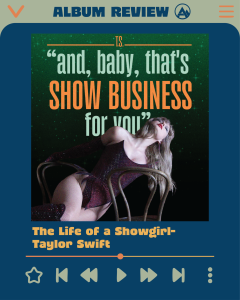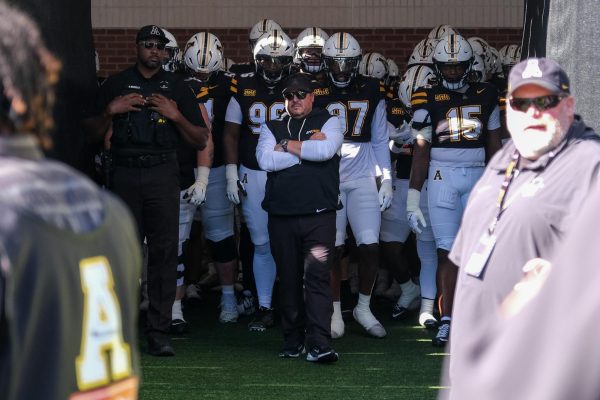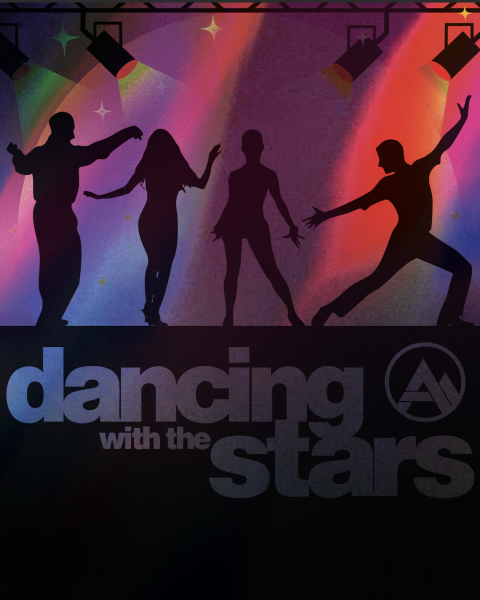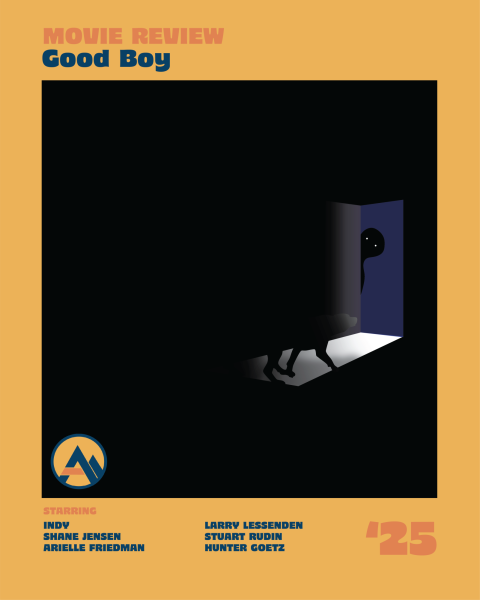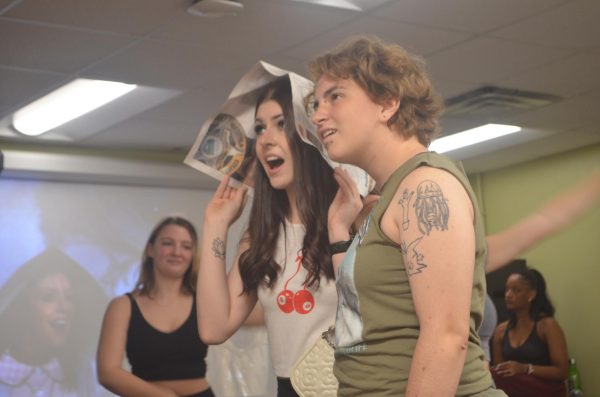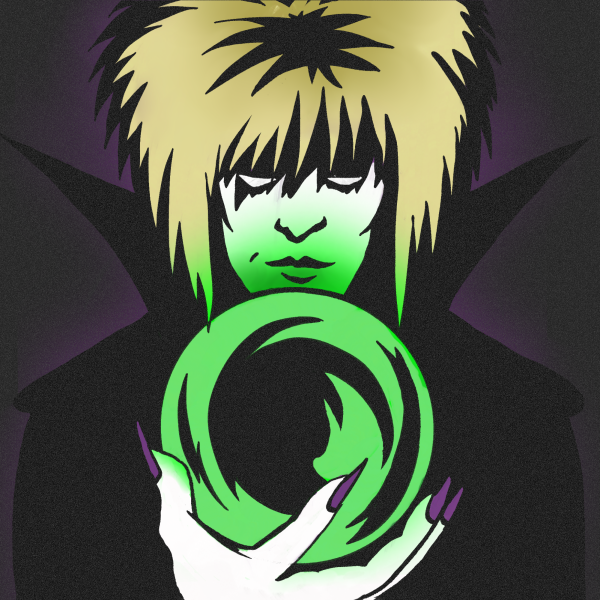From Boone to South Korea: campus club unites K-Pop fans
October 5, 2019
Seven thousand miles separate Boone and Seoul, South Korea, the capital of Korean Pop. This distance disappears during the K-Pop Association’s weekly meetings.
Members are greeted with a graphic interchange format, or GIF, of K-Pop artists on a projector waving, with “Welcome” in bold text above it.
Sophomore child development major Paige Biallas is a first year student at App State, and the K-Pop Association was the first club she joined. She was introduced to K-Pop music through a group called Bangtan Boys, or BTS, a K-Pop group that has sold millions of records worldwide, sold out stadiums and recognized by the Billboard Music Awards, according to BTS’s website.
Biallas said she likes K-Pop, specifically BTS, for its “pop sounds with hip-hop elements.”
App State alumnus Yebin Han created the K-Pop Association in 2017, before current president Emily Ujevich joined.
Ujevich, Junior supply chain management major, said she has liked music all her life, so the K-Pop genre was exciting to explore.
“A lot of people argue that it’s so different because we don’t understand what they’re saying, but for me, I know the majority of the songs’ words, and K-Pop has given me so many relationships that I don’t know where I would have gotten them otherwise,” Ujevich said.
During the meeting, the club goes over K-Pop news, along with a music spotlight and artist spotlight. They cover everything from SHINee member Key’s birthday, to watching the music video for ‘3YE’ by OOMM for the music spotlight. During the artist spotlight, a member presented the timeline of f(x), a girl group that has struggled to stay afloat in the K-Pop world.
K-Pop groups are groomed from young ages to become stars, and they often go through “really, really intense training,” which is why many of the groups and individual artists are adept at dancing and singing, Ujevich said.
Ujevich said there is a difference between boy K-Pop groups and girl groups: boys groups are usually more popular.
“A lot of the girl groups tend to have more ‘cutesy’ concepts that you don’t see a lot in the boy groups,” Ujevich said. “Some of the girl groups will have members starting in the 14 to 16 age range. So, ‘sexy’ concepts just don’t fit them or the audience.”
Everyone involved in the K-Pop genre has their favorites senior psychology major Jenn Brna said. A K-Pop fan for seven years, Brna said she noticed an evolution in the groups in recent years.
“Ten years ago, it was Super Junior and Shinhwa, and now you have Red Velvet and BLACKPINK,” Brna said.
Groups like Shinhwa gained popularity in the early 2000s. Within the last couple of years, the rising popularity of BTS and K-Pop collaborations with American artists, like Steve Aioki, have opened the door for K-Pop in America, Brna said.
Recently, the club hosted a workshop, teaching the dance in ‘Everglow’ by Adios. The workshops are some of the most fun and interactive events, Biallas said.
“I found a big chunk of my friend group from this,” Brna said. “It may not be the world’s biggest club or be the best for some people, but for me, it means a place where I can feel at place and build friendships.”
The K-Pop Association meets Mondays at 6:15 p.m. in New River, Room 100 in Plemmons Student Union.

